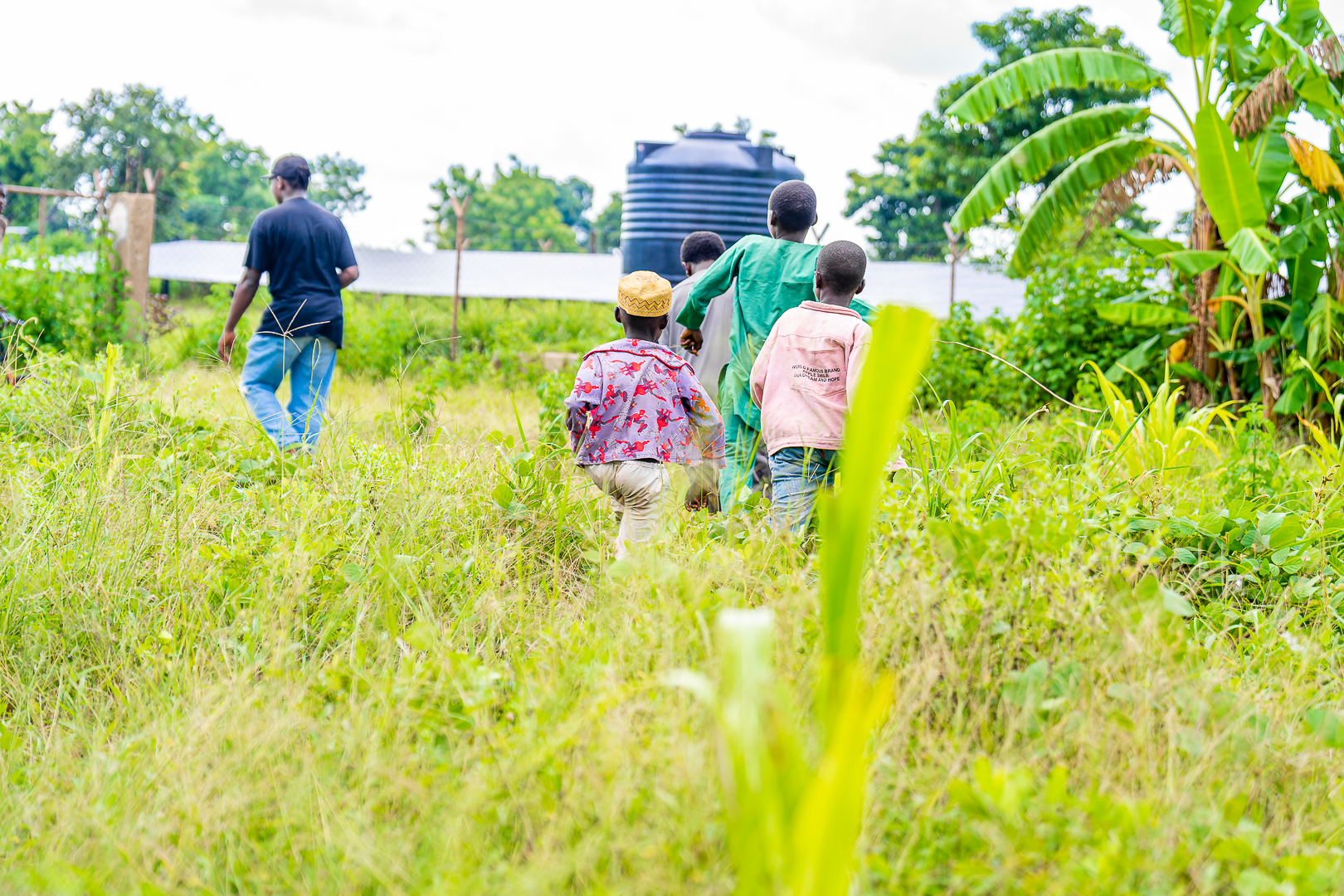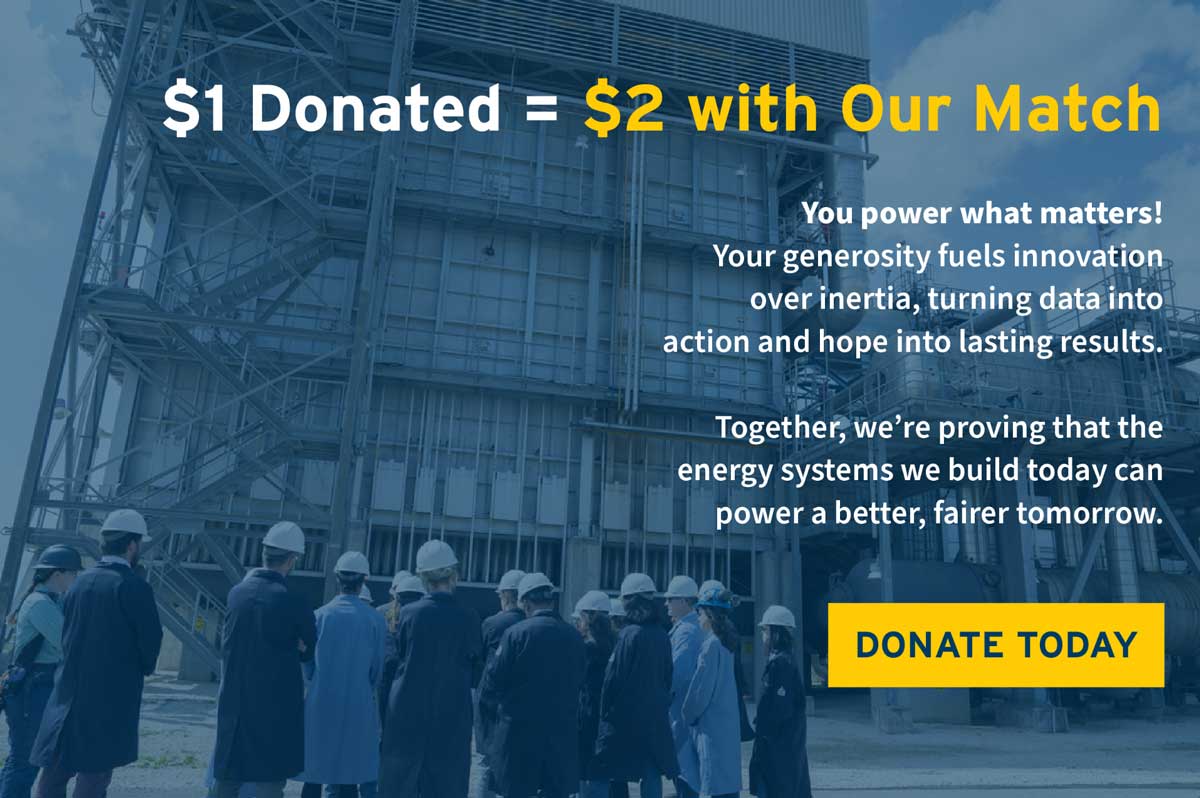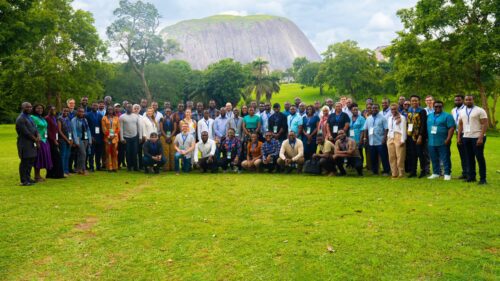
Empowering Africa: Clean energy opportunities for economic growth, workforce development, and regional leadership
As world leaders gather in Brazil for COP30, RMI shares our vision for sub-Saharan Africa.
“Africa is not waiting. We are leading.”
This declaration by H.E. Seyoum Mekonen of Ethiopia, served as both a guiding star and call to action at September 2025’s Africa Climate Summit in Addis. It is again relevant as world leaders gather in Belem, Brazil, for COP30 to hold critical discussions on our path forward when it comes to climate and energy. The Global South holds tremendous potential not only in renewable energy adoption but also in leadership, and Africa is an especially meaningful actor in that space.
When it comes to the energy opportunity, Africa is positioned for energy abundance. RMI’s research shows that amid the plethora of energy options available, the continent is well positioned to be a renewable energy superpower, driving growth and prosperity with abundant, low-cost renewable energy. It is an exciting and inspiring moment, but not one without its challenges.
Africa struggles with an aging, expensive, fragile, and unequally distributed infrastructure that dampens economic tailwinds and leaves over 600 million Africans without electricity. More than half of Africans face unreliable electricity supply, and even if grid-connected, consistent access isn’t guaranteed. In fact, the average annual consumption remains far behind the 1,000 kWh modern energy minimum. Electricity demand is only projected to grow, with an expected surge of around 75 percent within this decade, most of it in sub-Saharan Africa. Africans will drive global population growth this century: Almost one in four people will live in sub-Saharan Africa by 2050, and by 2030, more than 40 percent of the world’s youth will be African — and they will need the energy, infrastructure, and income to live prosperously.
Meeting this challenge requires closing the energy access gap, bolstering resilience and security, and catalyzing economic opportunity. It is here that RMI’s Africa Energy Program is positioned to support by deploying truly transformational initiatives with our partners in the public, private, and philanthropic sectors.
Our vision
RMI’s aim is to improve energy efficiency, affordability, and reliability in sub-Sharan Africa — enabling 420 TWh of renewable energy, helping 390 million people access energy, and avoiding 250 million tons of CO2 emissions. Clean energy pathways can lift millions out of poverty, driving inclusive industrialization and economic growth. We further aim to scale solutions by unlocking climate finance and building local capacity, particularly for under-resourced sectors and localities.
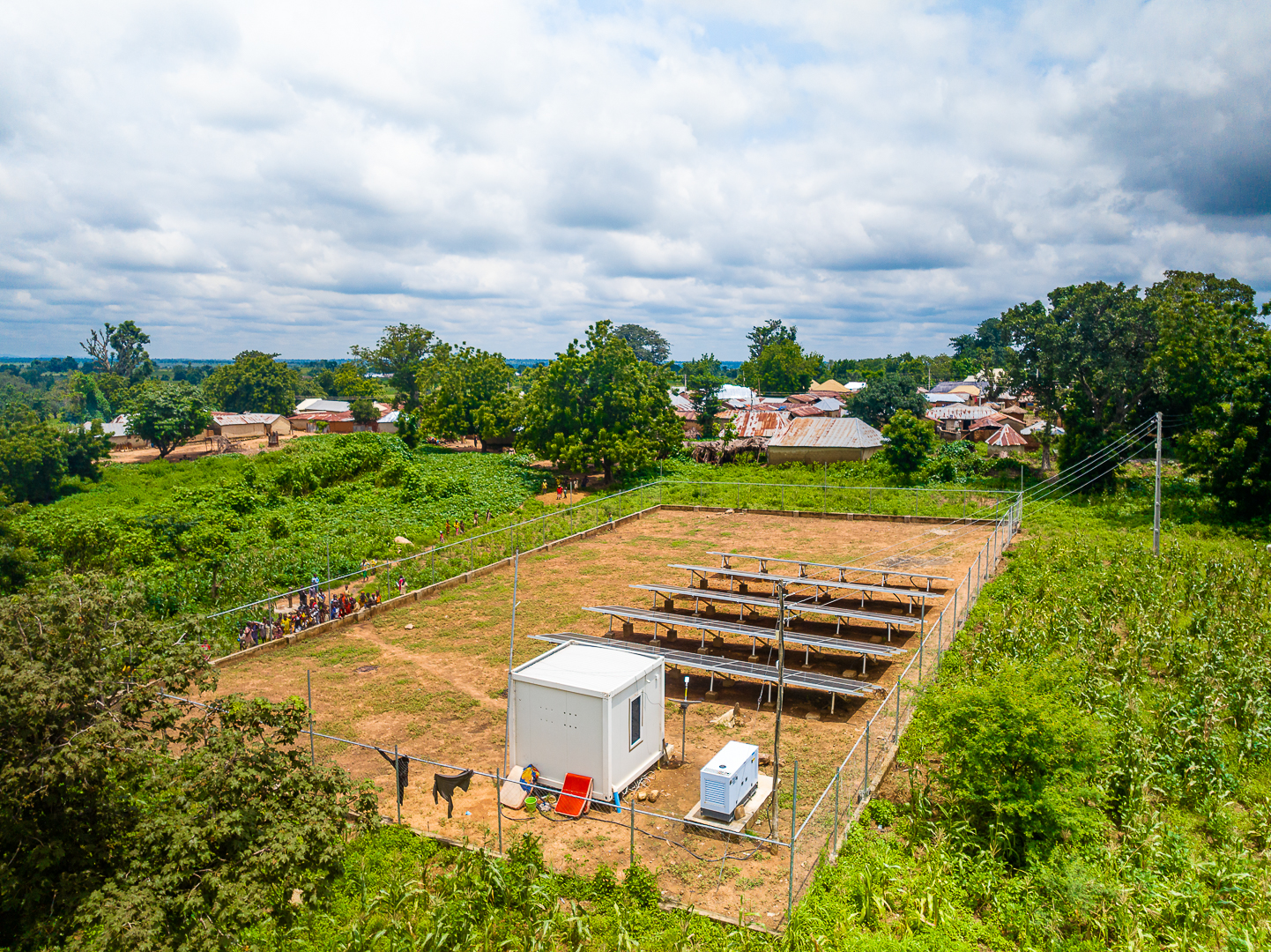
Our vision is built across three strategic pillars that emphasize scalability, regional leadership, and resilience. They are:
- Energy access
Our aim is to close the energy access gap and build affordable, resilient, reliable energy systems by scaling utility-enabled distributed energy resources (DERs) and advancing clean energy portfolios. RMI has been deeply involved in this work for many years, with the Africa Minigrids Program in partnership with UNDP and our constantly growing DER hub providing actionable, replicable proof points and templates for successful implementation. - Clean and resilient supply through innovative collaboration
We work to enable power sectors to shift toward clean, resilient, secure and reliable generation and efficiency, adapted to withstand climate and geopolitical shocks. While DERs, particularly distributed solar, have emerged as a crucial part of the solution, reaching universal energy access demands scalable and complementary approaches. Interconnected minigrids (IMGs) offer a compelling pathway forward, encouraging utilities and developers to work together, and our recent analysis of the first wave of IMGs in Nigeria shares key lessons learned and demonstrates the viability of this business model. Meanwhile, embedded generation can improve supply for customers in urban and peri-urban areas by injecting up to 20 MW of generation directly at the distribution level. - Green growth
As clean and affordable energy is made available, we support countries in putting that power to work. We partner with local communities, leaders, and entrepreneurs to leverage technology and attract investment that will drive industry and new economic sectors, create jobs, and establish a clean economy. Through emergent climate-tech solutions such as green ammonia fertilizer, green tower telecommunications, e-mobility, and energizing agriculture to spur productive use of energy, we’ve been able to support meaningful economic development and innovation by Africans, for Africa.
Our work rests upon these three pillars, which we hope to deepen and expand over the coming months and years as we look to scale our work across geographies in sub-Saharan Africa such as Nigeria, Ethiopia, Zambia, Kenya, and South Africa. All of this takes place within the context of strong partnerships with local governments, utilities/distribution companies, project developers, and communities.
Workforce and finance as powerful market catalysts
All of these objectives are only achievable through the creation and cultivation of local capacity, and enabled by meaningful investment where it will make the most impact. Particularly in regions like Africa, with booming youth and labor needs, livelihoods depend on job availability and access. The clean energy industry is well positioned to not only absorb the supply of labor, but also power the industries to create a compounding effect and improve job supply.
RMI’s Global Women in Clean Energy program partners with local and global experts in Nigeria, Zambia, and Ethiopia to empower women fellows to lead the deployment of distributed energy resource projects, ensuring that women are not just participants but also leaders in shaping the future of clean energy. The program empowers women fellows to lead the deployment of distributed energy resource projects, ensuring that women are not just participants but also leaders in shaping the future of clean energy.
Meanwhile, challenges lie in chronic underinvestment at the critical early stages of project preparation, as financiers and investors struggle to find well-prepared, “bankable” projects that match their risk appetite and investment criteria. Prioritizing early-stage project finance and technical support can help turn global climate commitments and country ambitions into tangible outcomes and accelerate the delivery of climate finance goals.
RMI’s Catalytic Finance program helps derisk projects and deploy finance as an enabler of climate and energy solutions. We partner with the private and public sectors to increase absorptive capacity and mobilize capital to support investment in clean and resilient energy.
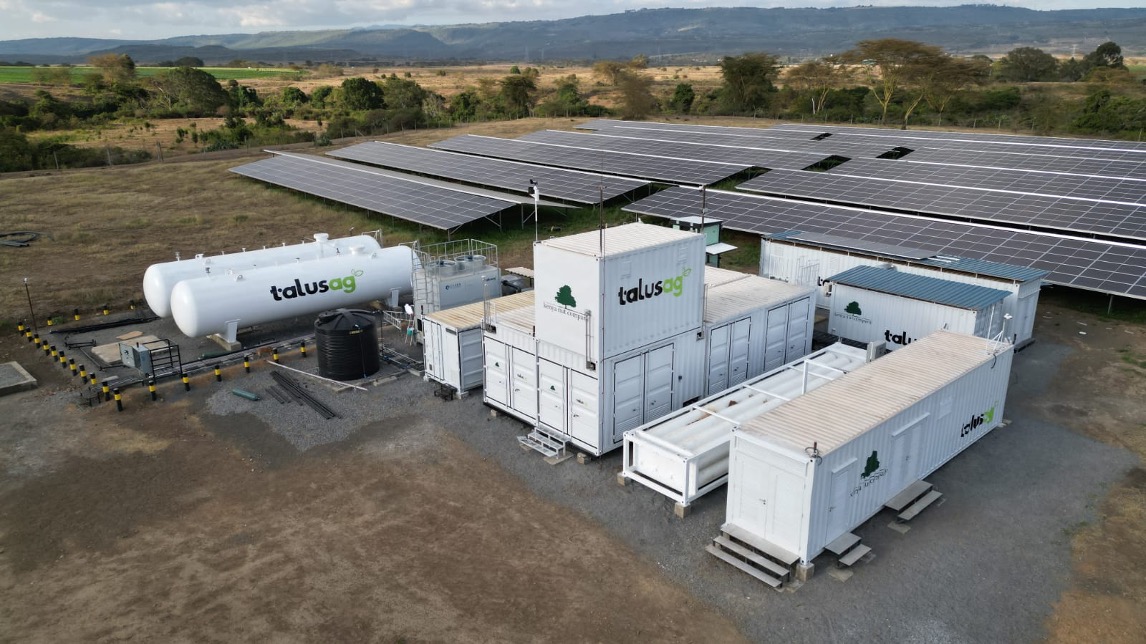
A time for action
Sub-Saharan Africa is at a pivotal moment — it must industrialize, and doing so requires expanded energy consumption and reliable energy supply.
Green industrialization offers a key opportunity for both clean energy abundance and economic development. Instead of a lower-value, unsustainable value chain dependent on fossil fuels, imports, and inferior legacy technologies, Africa can boast a high-value, climate-positive, energy-agricultural-industrial value chain in and for the continent, taking advantage of the best emergent technologies in the world.
Country leadership, partnership, and collaboration are the cornerstones of real impact. As global conversation centers on our energy future, COP30 has the opportunity to continue, deepen, and forge cooperation to ensure renewable electricity access for sustainable development and a low-cost, low-carbon, climate-resilient future.
